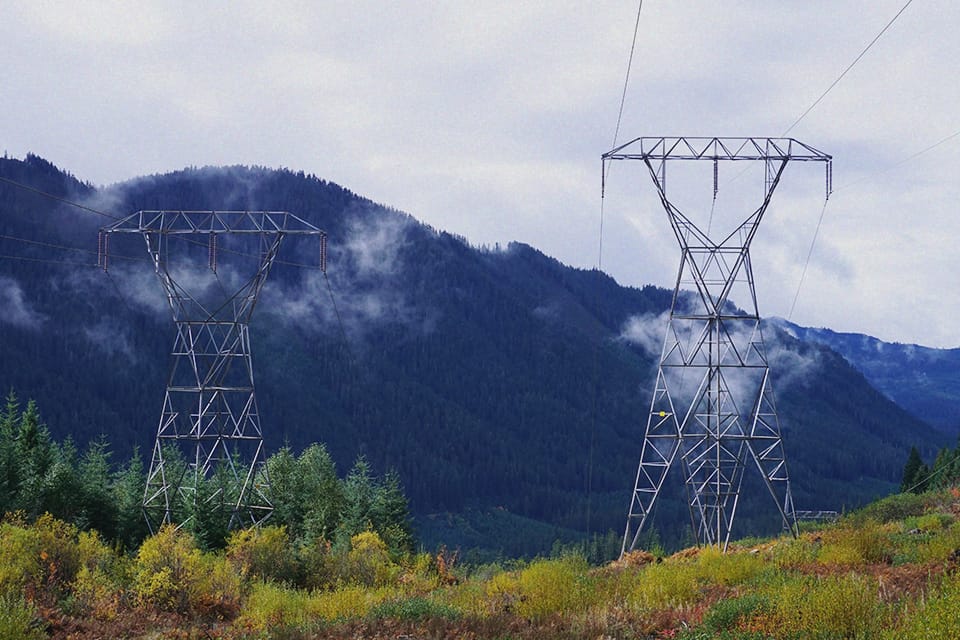
Safety Compliance in Power Generation: How to Protect It Under Financial Pressure

Safety compliance in power generation is critical, especially when companies are under financial strain. Yet this is often when it’s most risky.
The utilities sector is facing a perfect storm of economic pressure. Federal funding changes, mergers and acquisitions, energy transitions, and rising bad debt are all squeezing budgets. According to a report, Bonneville Power Administration plans to cut over 400 jobs despite reversing 30 layoffs. In Houston, more than 120 layoffs are expected from Encino Energy following a recent acquisition by EOG Resources.
These aren’t isolated cases. Coal-related layoffs are also rising in multiple states.
As job cuts grow, so does reliance on contractors, and that can affect risk. Research has long shown a correlation between financial hardship, reduced staffing, and increased safety incidents. Fewer workers and reduced oversight create more room for error. That’s why protecting safety compliance during lean times is non-negotiable.
Know Your Risk Before Making Cuts
When costs need trimming, safety compliance often ends up on the chopping block. But this is where risk assessments earn their keep. A current understanding of your risk profile helps leaders make smart, targeted decisions.
Annual full-site risk assessments should be the minimum. New equipment, workforce turnover, or operational changes can all introduce new risks. These should trigger more frequent reviews.
Ask the right questions:
- Where are incidents or near misses happening?
- Are they linked to training gaps, outdated tools, or new job scopes?
- Are current safety controls still working?
By identifying the areas with the highest risk, companies can better allocate limited resources. This is the first step in protecting safety compliance while staying within budget.
Focus Efforts Where They Matter Most
Once risk drivers are clear, leaders can prioritize actions that make the biggest impact. You might not be able to fix everything right away, but you can still reduce risk significantly with focused efforts.
1. Spend Strategically
Not all cuts are equal. Keep training, audits, and maintenance in high-risk areas intact. These include critical infrastructure, roles with repeat incidents, and newly flagged hazards. Delay only what can safely wait.
2. Seek External Funding
Safety-related upgrades may qualify for external funding. Nonprofit utilities and co-ops can often tap into FEMA programs or sustainability-focused grants. As eligibility and deadlines shift, stay informed and apply early.
3. Use In-House Talent
Don’t overlook your own workforce. Long-time employees have deep institutional knowledge. Train them to lead internal audits, mentor new hires, and run safety training. This builds engagement and reduces vendor costs.
4. Invest in the Right Technology
Modern contractor management software can help maintain safety compliance even with fewer hands-on deck. These tools automate tracking, centralize documentation, and reduce manual errors. The upfront cost often pays off in fewer incidents and better audit readiness.
5. Build a Safety-First Culture
Culture is your cheapest and most powerful safety tool. Encourage workers to take ownership of safety: report hazards, follow procedures, and keep workspaces clean. Small daily actions help prevent big accidents.
The Real Cost of Deferred Safety
Power generation has little room for error. High-voltage equipment, confined spaces, and rotating machinery create constant hazards. A single overlooked step can result in injuries, shutdowns, or worse.
That’s why protecting safety compliance is not optional, even during downturns. Budget cuts may seem necessary in the short term, but the long-term consequences of ignoring safety are far more costly.
A proactive approach helps reduce those risks. Conduct regular risk assessments, focus resources on high-impact areas, and build a culture of shared responsibility. Use technology to gain visibility and streamline compliance tasks.
Power Safety Doesn’t Have to Break the Bank
Whether you’re a large utility managing contractors or a small team delivering fieldwork, you can keep costs low without sacrificing safety.
In fact, the most valuable safety actions don’t always require big budgets. They require focus, leadership, and a willingness to ask: what’s the cost of doing nothing?
The answer is clear in hindsight. You won’t always know which incident you prevented, but you’ll feel the impact of the one you didn’t.




